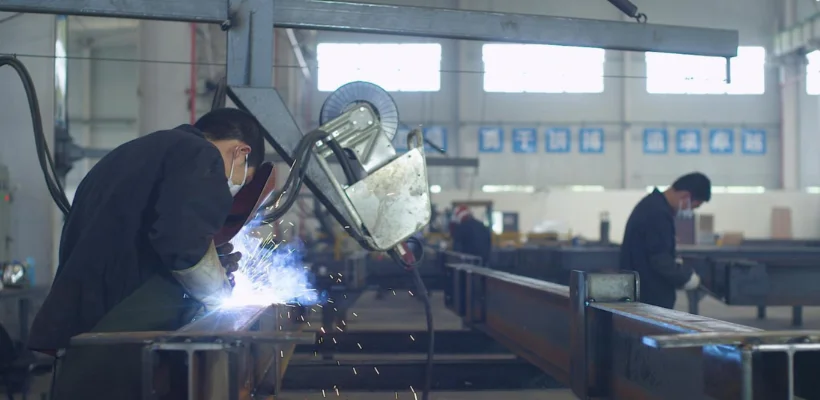Introduction
As global demand for renewable energy continues to grow, the photovoltaic industry faces increasing pressure to enhance efficiency and reduce costs. In the process of silicon wafer manufacturing, advancements in cutting technology play a crucial role in improving solar cell quality and lowering production costs. Ring diamond wire cutting technology, as an emerging high-efficiency cutting method, is gradually replacing traditional steel wire and slurry-based cutting methods, becoming the preferred solution in the photovoltaic industry. This article explores the applications and advantages of ring diamond wire in the photovoltaic sector.
1. What is Ring Diamond Wire?
Ring diamond wire is a continuous-loop cutting wire made of high-strength steel and coated with diamond particles. Compared with traditional steel wire and slurry-based cutting methods, ring diamond wire cutting offers higher precision, faster cutting speed, and a reduced environmental footprint.
Key Advantages of Ring Diamond Wire Cutting:
- Improved Cutting Precision: Enables ultra-thin slicing, reducing material loss and increasing wafer yield.
- Higher Production Efficiency: Faster cutting speeds significantly enhance productivity.
- Optimized Wafer Quality: Produces smoother surfaces with fewer microcracks, improving solar cell efficiency.
- Reduced Environmental Impact: Eliminates the need for abrasive slurry, minimizing industrial waste.
- Lower Operating Costs: The durability of diamond wire reduces the frequency of tool replacements.

2. Application of Ring Diamond Wire in Photovoltaic Wafer Manufacturing
Silicon wafers, including monocrystalline and polycrystalline types, are the core materials of the photovoltaic industry. The cutting quality of these wafers directly impacts the performance of solar cells. Traditional steel wire cutting methods rely on silicon carbide abrasives and oil-based slurry, which result in high material waste, long processing times, and environmental concerns.
By adopting ring diamond wire, manufacturers can:
- Enhance Wafer Quality: Reduce microcracks and residual stress, improving solar cell durability.
- Reduce Silicon Waste: The thinner cutting line minimizes material loss, maximizing wafer yield.
- Increase Automation: When integrated with intelligent equipment, continuous cutting improves overall production efficiency.
3. Comparison of Ring Diamond Wire and Traditional Cutting Methods
| Feature | Traditional Steel Wire Cutting | Ring Diamond Wire Cutting |
|---|---|---|
| Cutting Speed | Slow | Faster (at least 2x efficiency improvement) |
| Material Waste | High (significant silicon loss) | Low (maximizes wafer yield) |
| Surface Quality | Rough, requires polishing | Smooth, with fewer defects |
| Environmental Impact | Requires slurry waste disposal | Minimal pollution |
| Operational Cost | High (frequent replacement of steel wire and slurry) | Low (longer lifespan, reduced maintenance costs) |
4. Future of Ring Diamond Wire in the Photovoltaic Industry
With advancements in photovoltaic technology, the industry is shifting toward thinner wafers and high-efficiency solar cells. Ring diamond wire cutting is expected to play a pivotal role in this transition by providing higher precision, cost savings, and environmental benefits. Many leading photovoltaic manufacturers have already adopted this technology to enhance efficiency and competitiveness.

Conclusion
Ring diamond wire cutting technology is revolutionizing the photovoltaic wafer manufacturing process by offering higher efficiency, lower operational costs, and superior wafer quality. With its precision, cost-effectiveness, and environmental advantages, it is becoming the preferred choice for photovoltaic manufacturers. As the solar energy industry continues to develop, ring diamond wire cutting will further drive technological advancements in solar cell manufacturing, contributing to the growth of global renewable energy.

